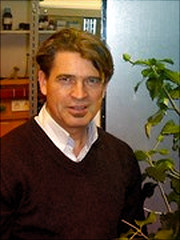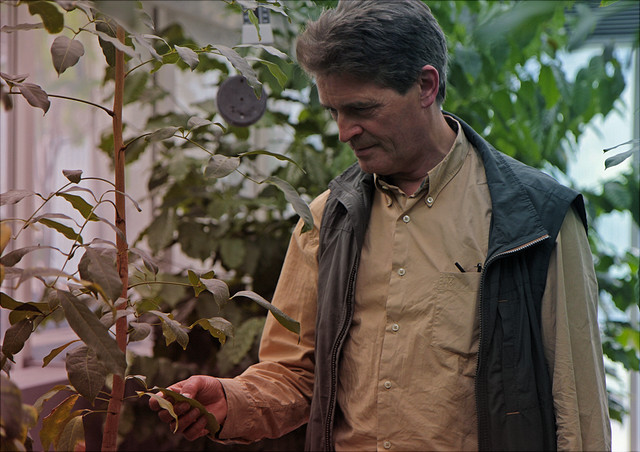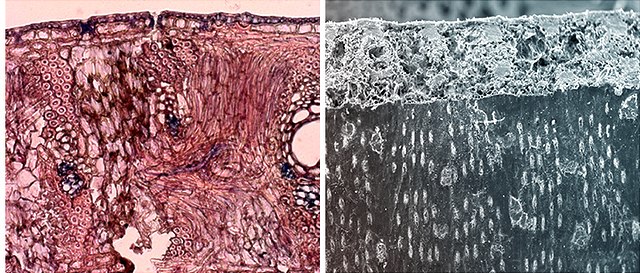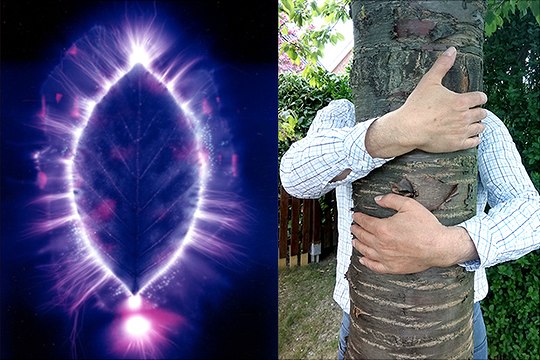Prof. Dr. Jörg Fromm

Abteilungsleitung / Head of Research Unit
Holzbiologie und Holzschutz / Wood Biology
Anschrift
Universität Hamburg
Fakultät für Mathematik, Informatik und Naturwissenschaften
Fachbereich Biologie
Institut für Holzwissenschaften
Holzbiologie
Leuschnerstr. 91 d
21031 Hamburg
Büro
Holzbiologie
Raum: B 38
Kontakt
Tel.: +49 40 73962-427
Fax: +49 40 73962 599
E-Mail: joerg.fromm"AT"uni-hamburg.de
Schwerpunkte
- Pflanzen-Ernährung, Klimawandel, Stress-Physiologie, Non Wood Forest Products, Holzschutz
Sekretariat
Team-Assistenz / Team Assistant
Institut für Holzwissenschaften
Holzbiologie
Leuschnerstr. 91 d
21031 Hamburg
Raum: B 6
Tel.: +49 40 73962-423
Fax.: +49 40 73962 599
E-Mail: daniela.nissen"AT"uni-hamburg.de

 Foto: Maike Nicolai/UHH
Foto: Maike Nicolai/UHH Foto: Katharina Erdt Foto: Silke Lautner
Foto: Katharina Erdt Foto: Silke Lautner Fotos: Jörg Fromm
Fotos: Jörg Fromm